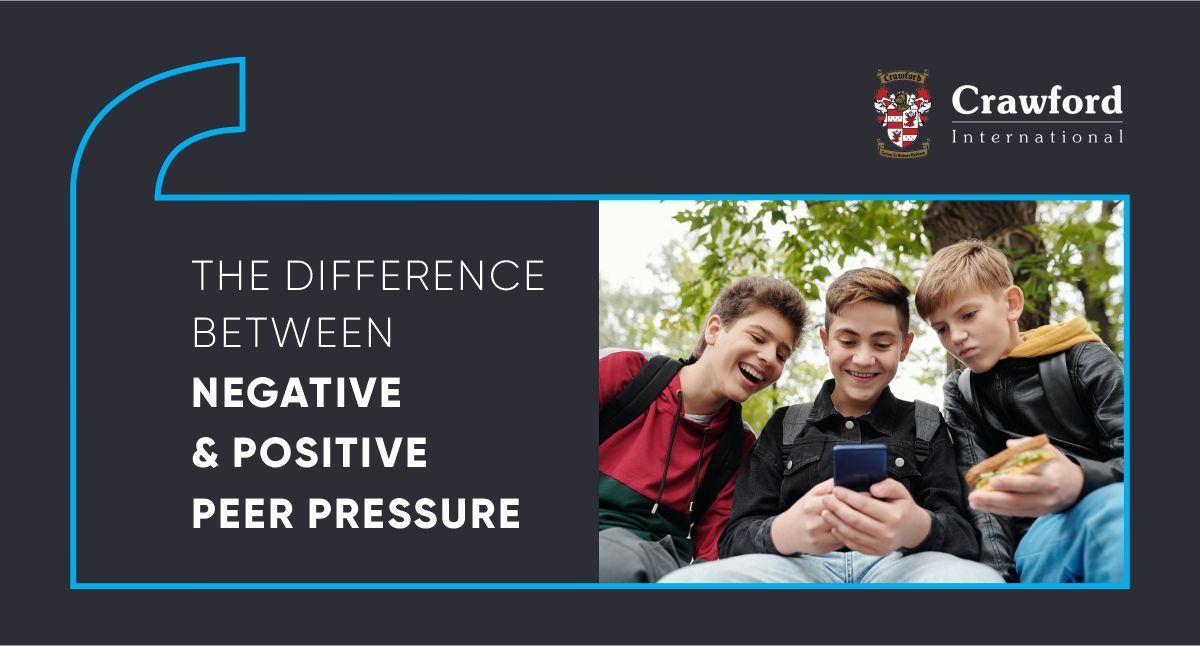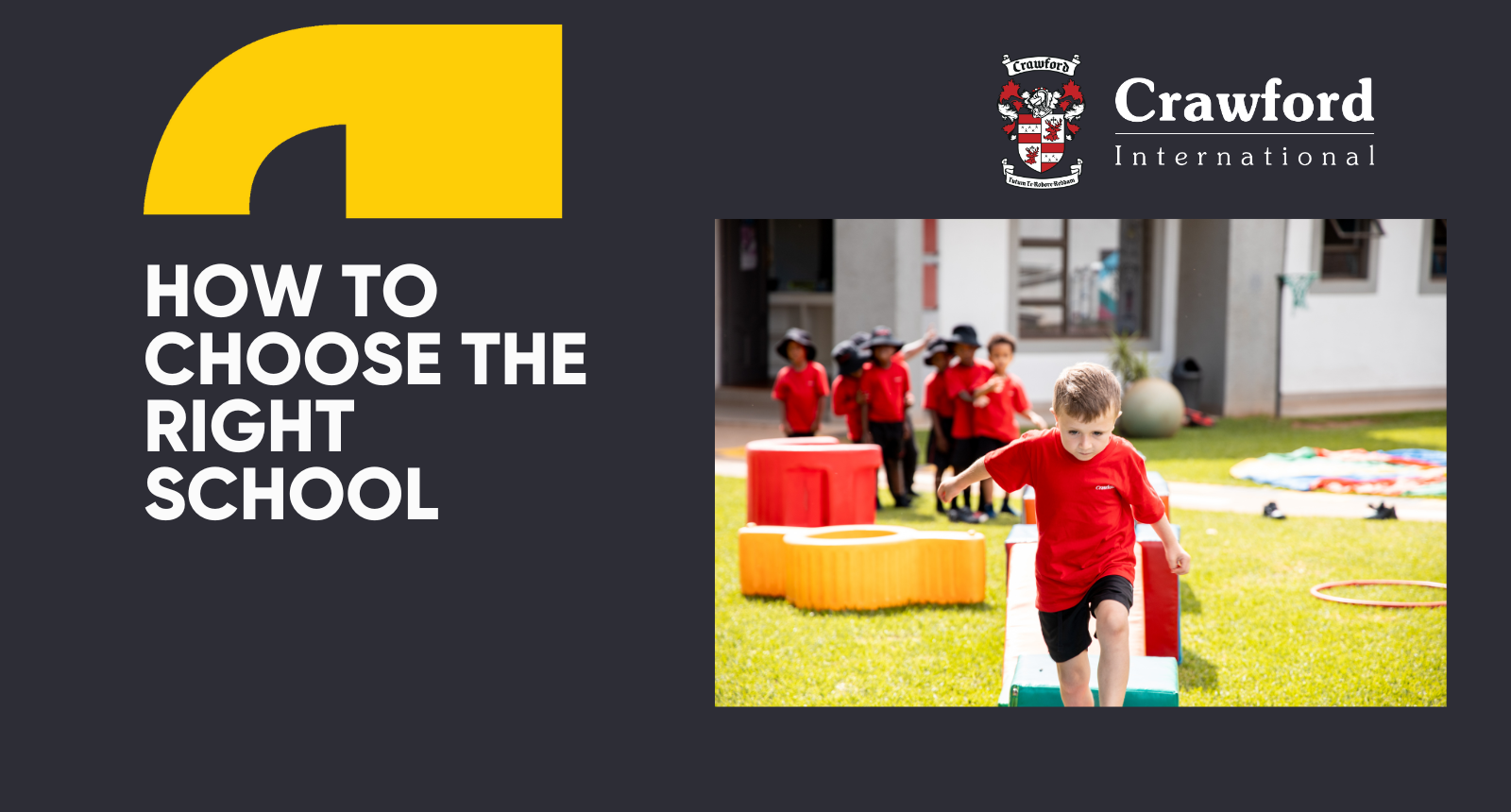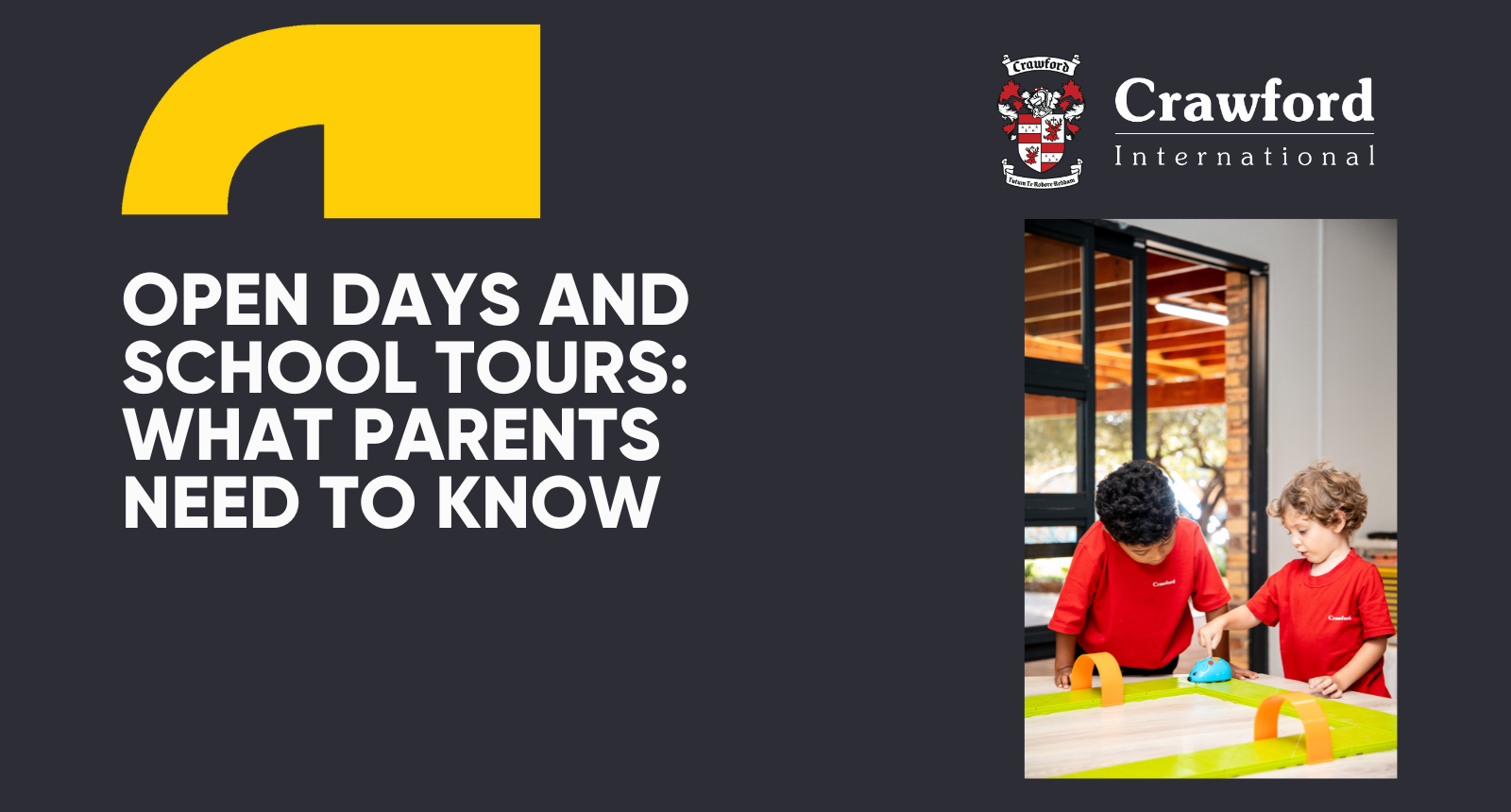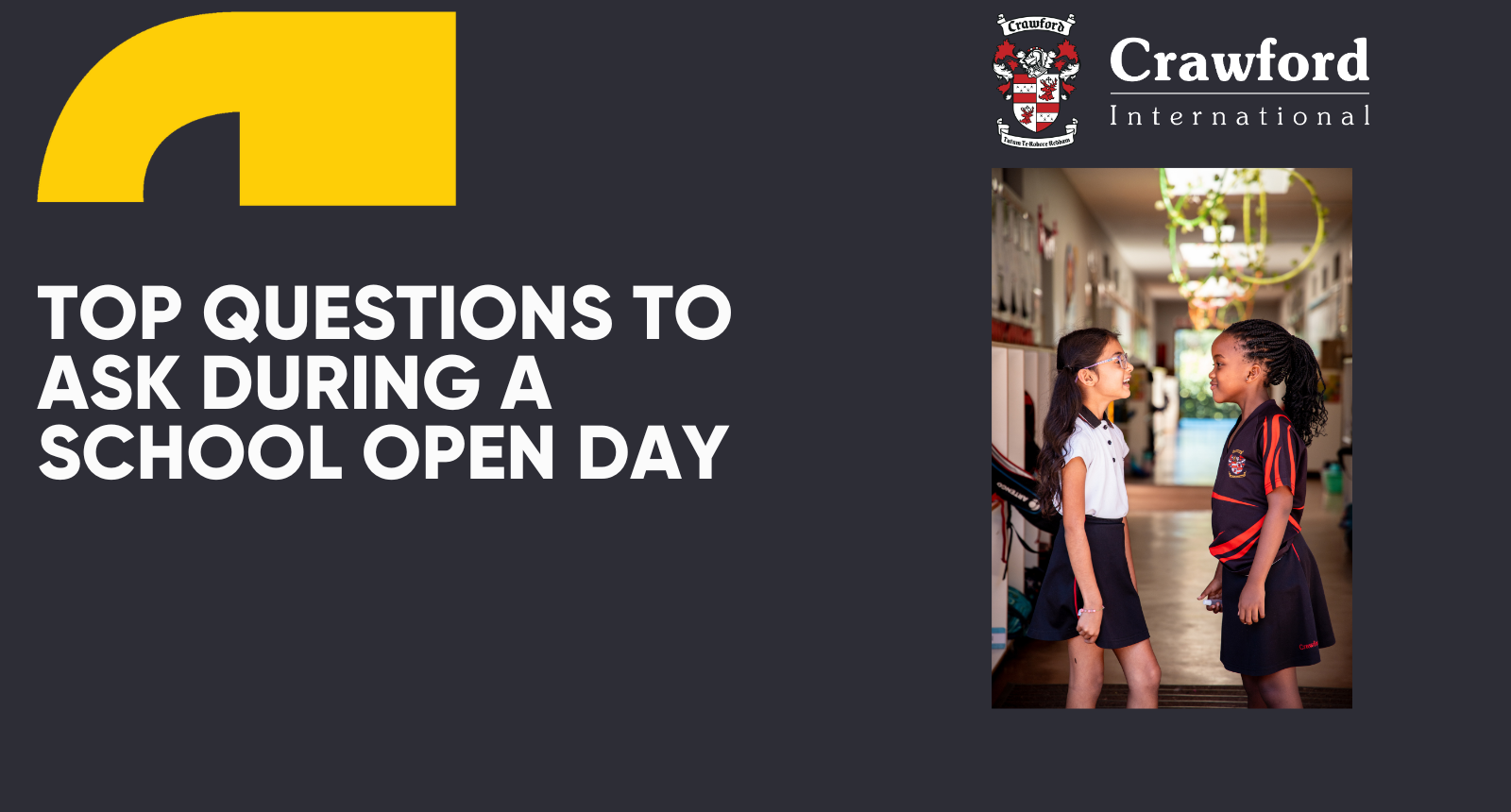The Difference Between Negative and Positive Peer Pressure
February 16, 2024

Exploring the Difference Between Negative and Positive Peer Pressure
As a parent, when you hear the words ‘peer pressure’, you might immediately think of drugs, drinking, and other heart-stopping mischievous behaviour. And yes, if the peer pressure is negative, then you are probably right to feel that way. However, did you know that not all peer pressure is negative? ‘Positive peer pressure’ exists and can do a world of good for your child! Let’s take a moment to break it down…
What is Peer Pressure?
Peer pressure refers to the direct or indirect influence exerted by members of a group, whether it's a school, a business environment, a circle of friends, a sports team, or even a family, on an individual. This influence has the power to change the person's perspectives, beliefs, values, and ultimately their behaviour, often in an attempt to conform to the group's norms. As parents, we often remind our children that they are known by the company they keep, emphasising the importance of choosing friends wisely.
The teenage years are tough. Kids are just trying to figure out who they are and who they want to be; but most of all they are trying to find their place in the world. Seeking acceptance and love are the two main drivers of peer pressure.
Two Main Types of Peer Pressure
Negative Peer Pressure
Negative peer pressure can impact your child in adverse ways, such as:
- Your child may start to partake in risky behaviour, such as drinking and using drugs.
- Your child may lose their own identity or voice, in order to conform to what the group is thinking or doing.
- Your child may experience the extreme pressure of unhealthy competition, which could lead to uncharacteristic behaviour.
It is worth noting at this point that at Crawford International Schools, not only do we encourage our students to have voice and choice, strengthening their individuality and understanding of self, but we also encourage them to openly listen to the views and opinions of others and to be positive peers to each other.
Positive Peer Pressure
Positive peers set good examples for each other, especially when the peers are committed to school sports or doing well in their academics. These peers are goal-orientated and the act of goal-chasing can be transferrable to your child.
A positive peer also doesn’t have to be someone that your child knows first-hand. They could be an older child at the school who is achieving well, someone who is heading up an interesting community project, or starring in a drama role that your child is interested in. Dream achievers can motivate your child to follow their own dreams. This is an inspirational push in the right direction; an example of positive peer pressure.
Here are some positive peer pressure examples:
1. Support 101
When your child is surrounded by positive peers, they will encourage (or push) your child to do their best too and to avoid risky behaviour. If your child is positive and mature, they will be doing the same for their peers. It’s a circle of positive peer pressure.
2. Feedback and Advice
Your child should be able to share new ideas or discuss problems with their peers, and receive honest feedback or advice. Friends are always quick to tell friends when a mistake is being made or if a behaviour is risky and so positive peers will help your child in decision-making or conflict resolution.
3. New Things
Your child’s peers may encourage your child to get involved with new hobbies, social clubs or experiences that will broaden their horizons. It could be an art class, or archery or music or even trying Asian fried noodles for the first time! Whatever it is, learning new things is the positivity we need in the world.
4. The Network
A positive peer group will open doors for your child to meet other positive people – this is called positive networking. While it’s done all the time in the business world, teens also have the opportunity to expand their social circles through their peers. This helps them to build relationships and strengthen communication.
5. Backing a Buddy
Children fly when they have positive peers beneath their wings. Your child needs a wingman or a cheerleading squad (whether friends or family) to be in their corner no matter what. Positive peers will always push your child to study harder, to run faster and to make better decisions – and they’ll be there to empathise and pick your child up if things don’t go according to plan. It’s life and we have to keep pushing forward, positively.
In conclusion, peer pressure is most certainly a push from others. However, if those peers are pushing your child in a positive direction, then encourage all the peer pushing your child can get.












